Needless to say, many of us have a little more time on our hands these days. What we do to pass that time is up to us. More Twitter? Staying glued to the news? Doing a deep dive into epidemiology? Writing the great American Novel-Coronavirus Novel? Or — hear us out — why not learn how to taste bourbon like a pro with help from the UPROXX crew?
As our head spirits writer, I sample a lot of whiskeys. It’s part of the job. I have my favorites but I also try to continually expand my knowledge. Personally, my tastes tend to lean towards small-batch and single-barrel expressions when I go shopping for booze. With those sorts of “one-of-a-kind” bottles, you’ll always get small variations and I dig that. It’s in those nuances that a whiskey truly shines.
To help you up your game and come out of the other side of this pandemic a little wiser (and a better bourbon drinker), let’s dive into how to taste bourbon like a pro. First and foremost, let’s create a baseline of knowledge — stuff you need to know before we get started:
- Bourbon is corn (maize) dominant. Meaning that each expression has to have at least 51 percent corn in the mash bill (recipe).
- Bourbon needs to age for at least two years in new oak barrels to be called “straight” bourbon (four years for “bottled in bond” expressions).
- Bourbon doesn’t have to come from Kentucky but it does have to be made in the United States.
- Very broadly, bourbon will feature a triad of flavors: vanilla, caramel, and oak.
- The rest is just details … albeit, very important details.
Now that you have the basics, let’s get into how to run a tasting and learn about the bourbon in your glass.
THE STORY
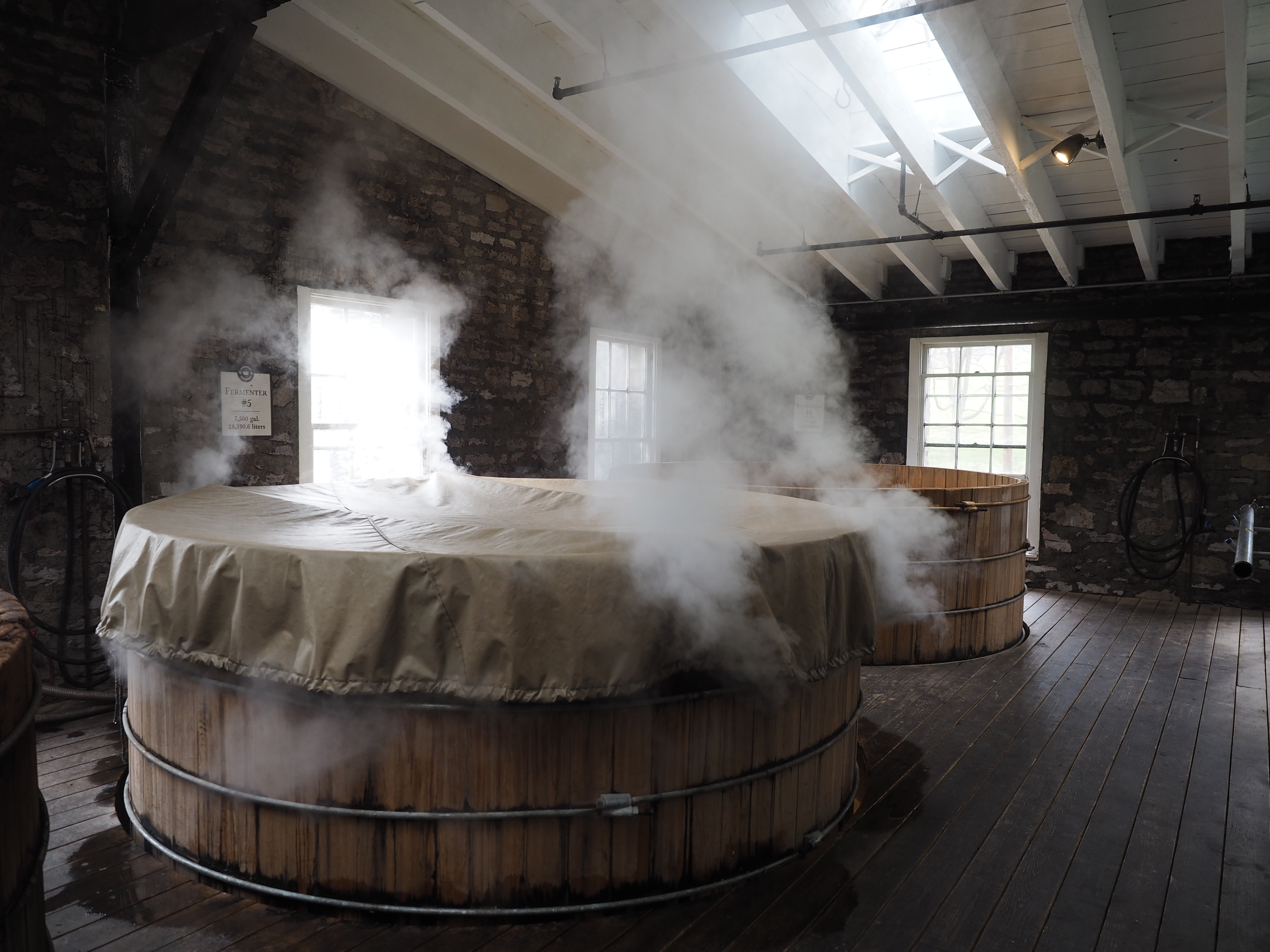
The first step is to learn about the bourbon you’re drinking. I try to answer the following questions when I run a tasting:
- Where is it made?
- How old is the distillery?
- Who distilled this whiskey?
- If it’s sourced juice, where does it come from?
- What’s the mash bill (recipe)?
- What yeast was used?
- Where’s the water from?
- Where did the grains and cereals come from?
- Where are the barrels from?
- Were they toasted? If so, how?
- If it’s small-batch, how many barrels went into this expression?
- If it’s a single barrel, which rickhouse did it come from and where was it stored?
- What were the distiller and blender going for with the look, nose, taste, and finish?
The answers to these questions will help tell the bourbon’s story. Some of these questions are very obvious “where it’s from?” and “who’s distilling?” etc. And those are important facts to know. But, you have to go beyond that. As an anecdote, I take my steps for tasting from Top Chef’s Tom Colicchio. When he’s tasting food on Top Chef, he asks the chefs what they were aiming for and then he can judge if they hit that mark or not. Under that rubric, even if it’s good, you still lose points if the result is not what you meant to execute. Similarly, it’s important to read the distiller’s tasting notes to see what they were trying to achieve (or at least what they were aiming for).
All told, this is the priming you need to start any tasting journey. You’re setting up your mind for what’s to come. You’re building knowledge that’ll inform every sip.
THE POUR
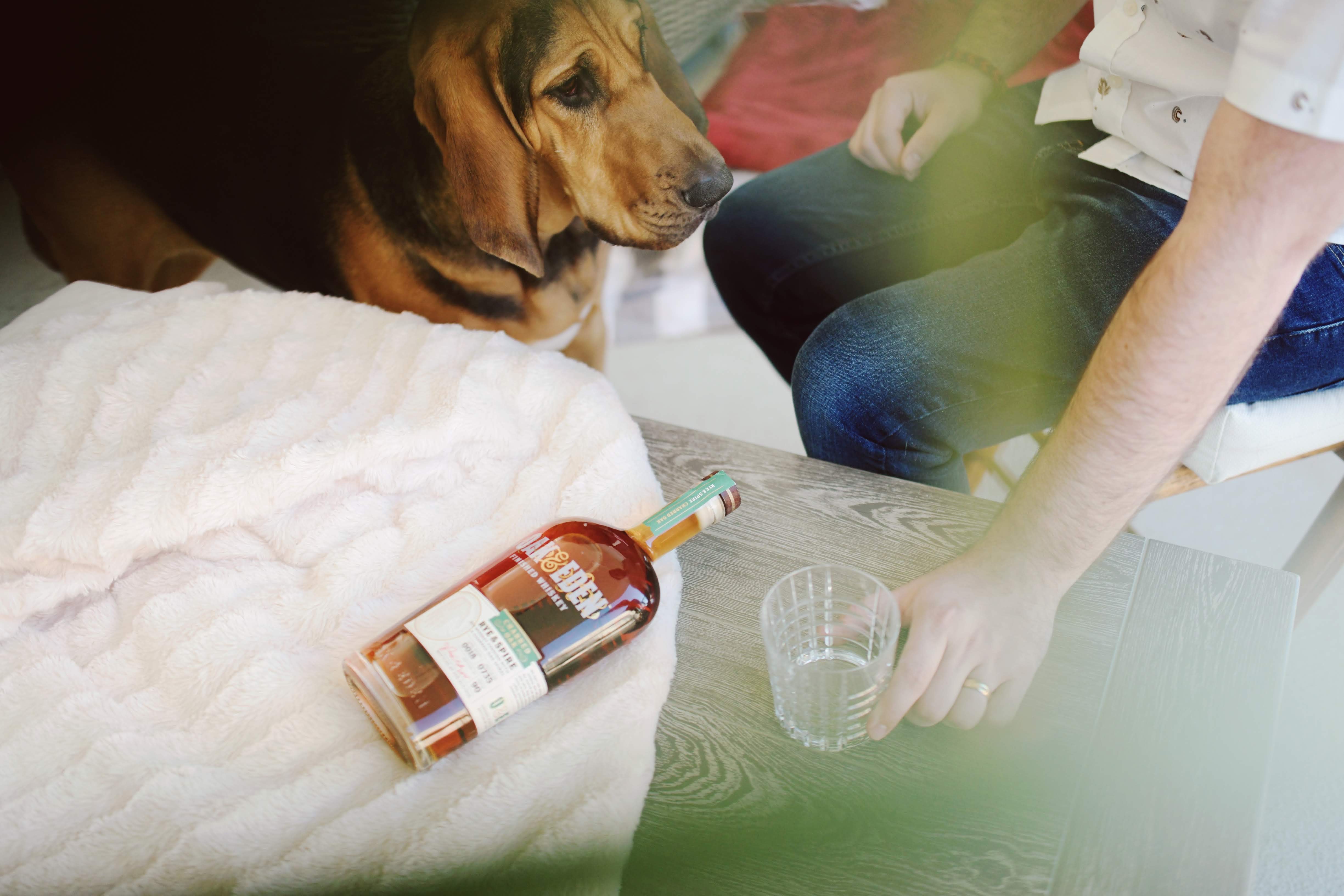
Ideally, you want to be using a Glencairn whisky glass. The small, bulbous glass narrows at the top, which allows the aromatics to rise and concentrate. This, of course, isn’t a deal-breaker. But, it’s a nice touch to help amplify the experience.
Next, you’re going to want to pour about one-half of a shot or .75-ounces. You don’t need to measure this. I do what’s called a “one-count” pour. As in you tip the bottle and pour for one second. Or measure it. Whatever.
THE LOOK
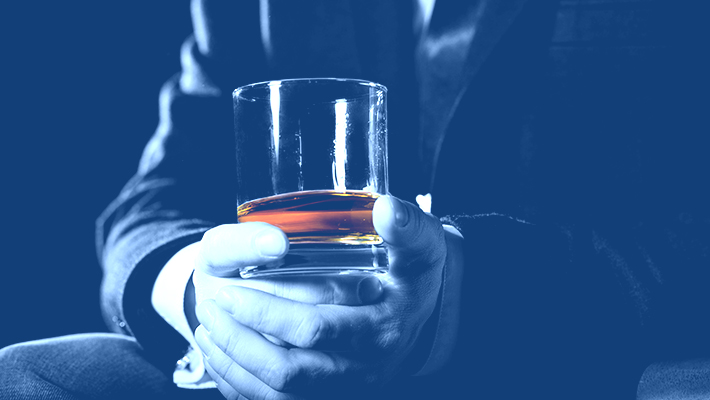
The first thing you’re going to do is look at the bourbon. Hold it up with a light behind it. What color is it? Is it lighter like a piece of lightly toasted white bread? Or is it darker like an amber ale? Generally speaking, the darker and deeper the color, the more aging it’s gone through and the more concentrated the flavors are going to be.
Next, tip the glass and give it a little swirl. This should form “legs” on the inside of the glass. These legs are little lines of information about what’s in the sip. You’re testing the surface tension between the water and the alcohol. The signs are pretty straightforward to read.
- The wider the space between the legs, the longer it has spent in the barrel.
- The slower the legs form and fall, the higher the alcohol content of the booze.
- The thicker the legs, the more fatty acids are in the dram (meaning that it likely hasn’t been chill-filtered or cut with water).
THE FIRST NOSE
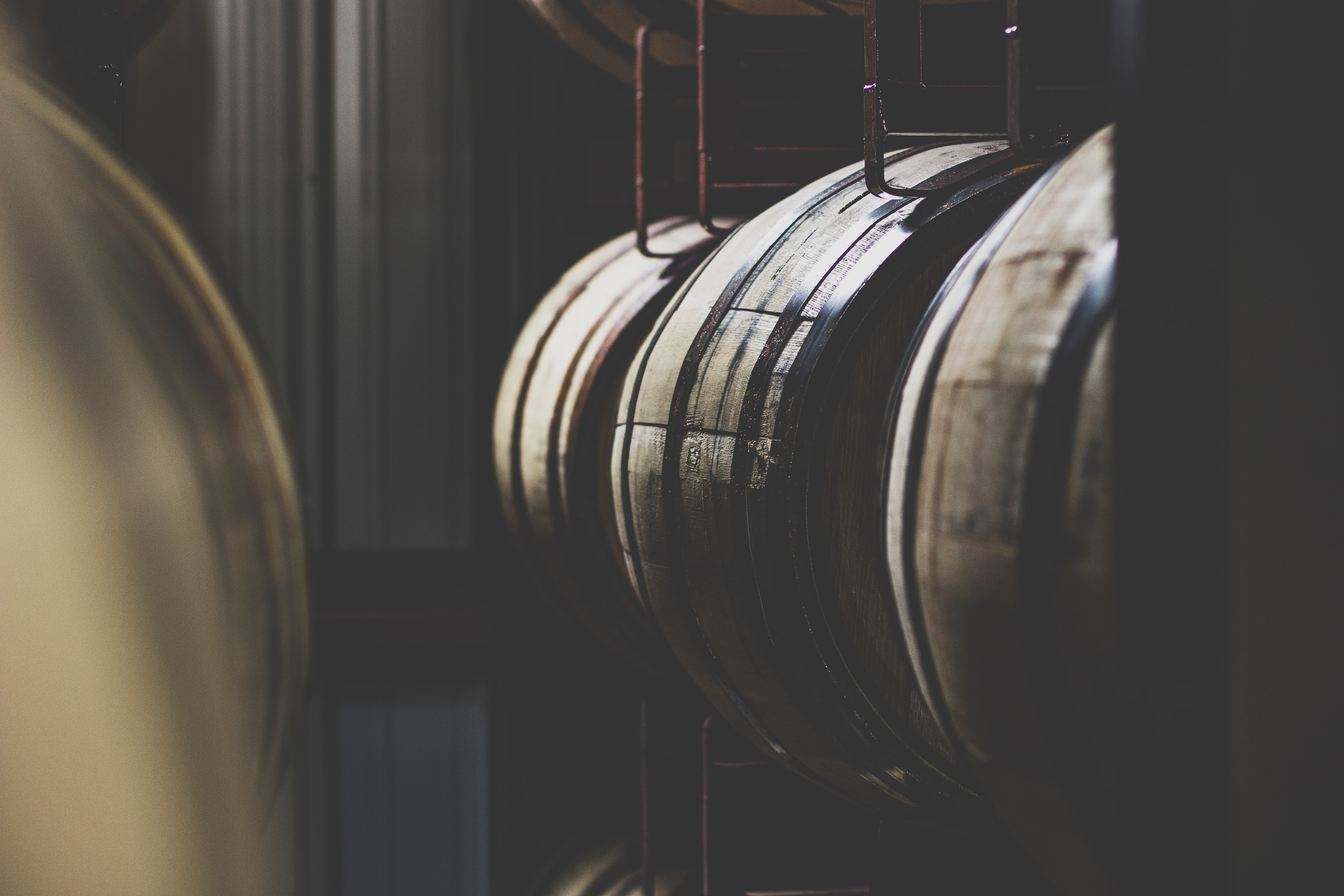
Get some air in the glass with a twirl and let it rest. Maybe a minute. Maybe two. This will help to concentrate the aromas. Then put your nose right in there. Your olfactory system is taking in the chemical compounds of the whiskey, which are full of markers that remind you of a flavor or essence (or even a feeling).
This is where you’ll start to see if you can find the nose the distiller and blenders were going for. Did they nail it? Are you not picking up on the black tea or leather? That’s fine. Give it time and reevaluate. The most important thing is this: What do you smell? Maybe get yourself a notebook and write down what you smell. If you’re tasting with someone else, start a convo about what each of you is picking up. When LIFE editor Steve Bramucci runs rum tastings, he insists that people talk it out — no matter how dorky that feels — because it helps you brainstorm flavors and then key in on specifics that really resonate.
Generally, tasters will turn their glasses on a horizontal and smell. In most cases, florals, fruits, and vinous notes will be at the top of the glass. Malts and spices will linger around the middle of the glass. Oak, smoke, and earthiness will settle near the bottom.
THE FIRST TASTE
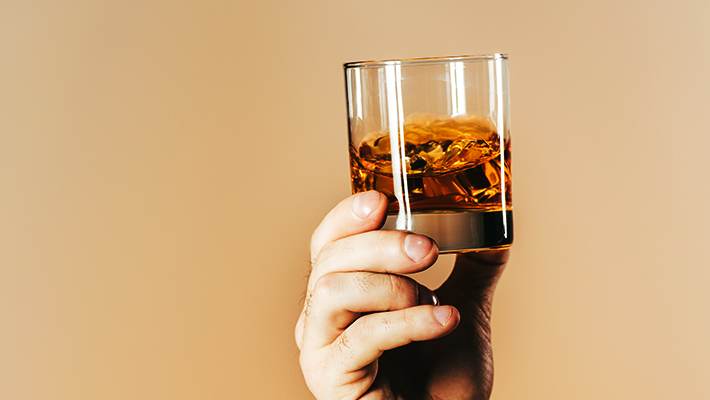
Now, it’s time to drink. Take a small sip. Let the juice roll around on your tongue and coat your whole mouth. Let it rest for a moment before you swallow. Again, talk it out. What are you tasting? What’s missing from the distiller’s tasting notes? How does it make you feel?
Do you like it? Why? Why not? Does it inspire any memories? Take note of how long the taste lingers on your senses after you swallow. What builds and fades as the sip fades? What feeling are you left with?
THE SECOND NOSE
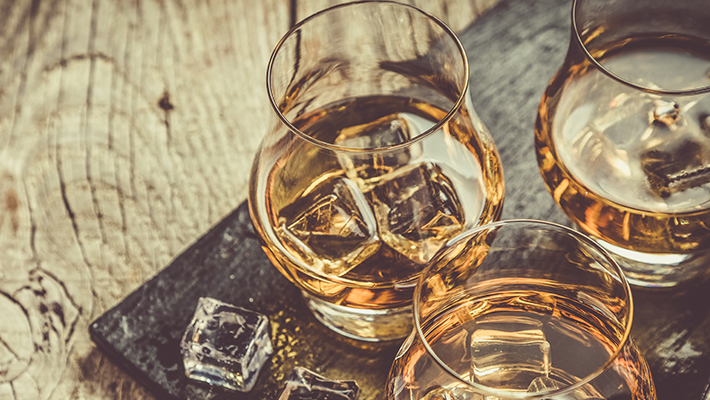
Okay, we’re not done yet. This is a crucial step. You need to add a few drops of room temperature water to the mix. Generally speaking, I like to use water that matches where the whiskey was made. Kentucky tends to use very soft limestone water. That doesn’t mean you need to import mineral water from Kentucky. Simply find soft mineral water to use. For instance, Evian is notoriously soft.
You’ll want to add two, maybe three drops of water into the dram. In good bourbon and whiskey, you’ll see the fatty acids start to separate from the alcohol and water. It’s like a little petri dish in a glass. Give it a twirl and get your nose back in there. What’s changed? What’s new? What was lost? Do you like it more? Less?
Know this: It will shift. If that shift reads simply as “it’s weaker” you likely added too much H2O.
THE SECOND TASTE
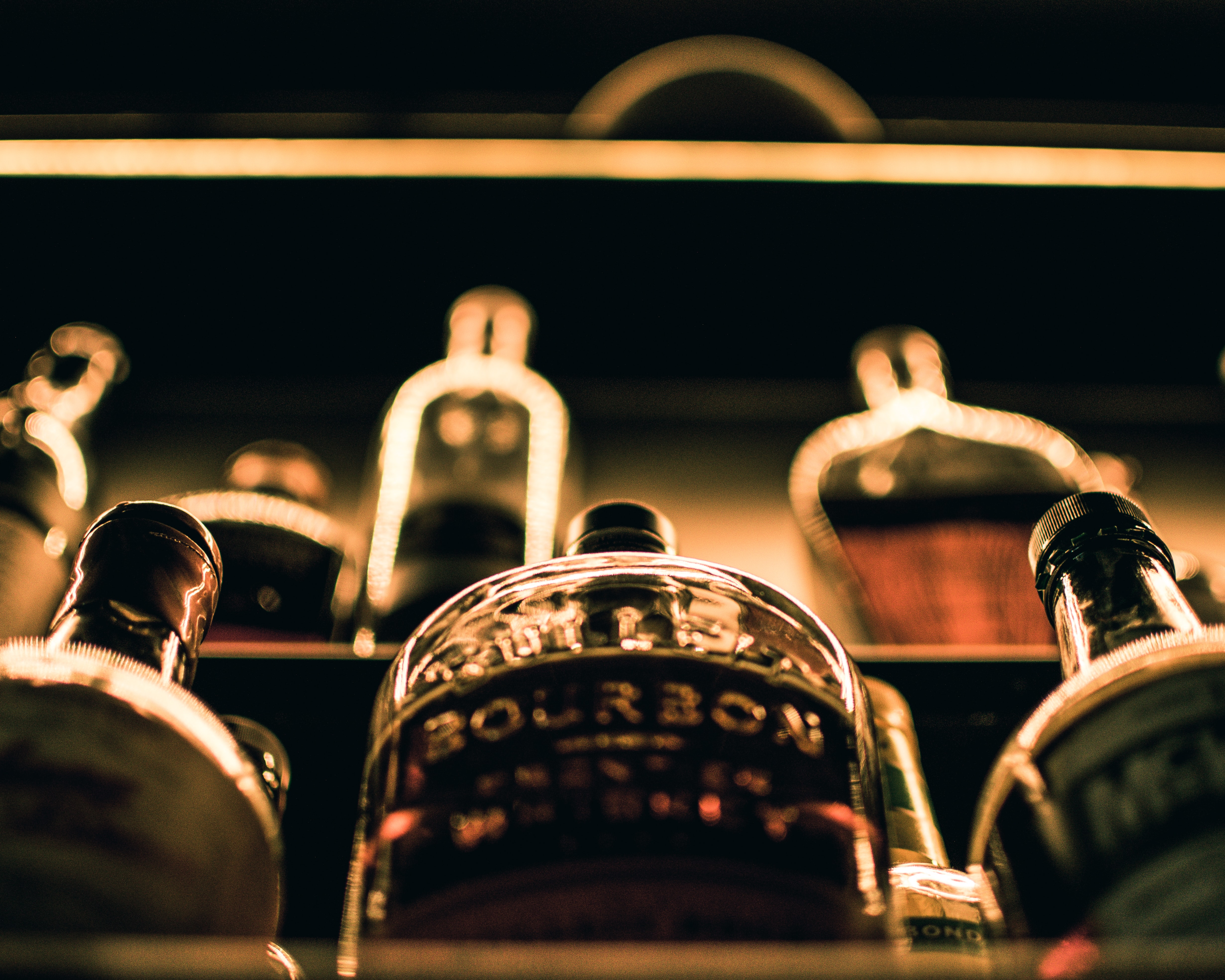
Now, it’s time to try it again. The same rules as the first taste apply here. Then, think about what’s changed texturally, sensory, and taste-wise. Do you like it better? Less? What new flavors have arrived? Which were lost? Talk it out. Take another sip. Close your eyes and feel the sip go down. What’s pinging on your tongue and in your mind? Does this sip take you anywhere?
I know this all sounds like a lot. But with some of these whiskeys, there’s been so much effort put into creating a unique bottle that it’s almost a shame when you miss all that’s on offer. Won’t someone think of the distillers?!
Besides… you’re in your house on quarantine. You have time for two sips and a little fussing about.
THE VERDICT
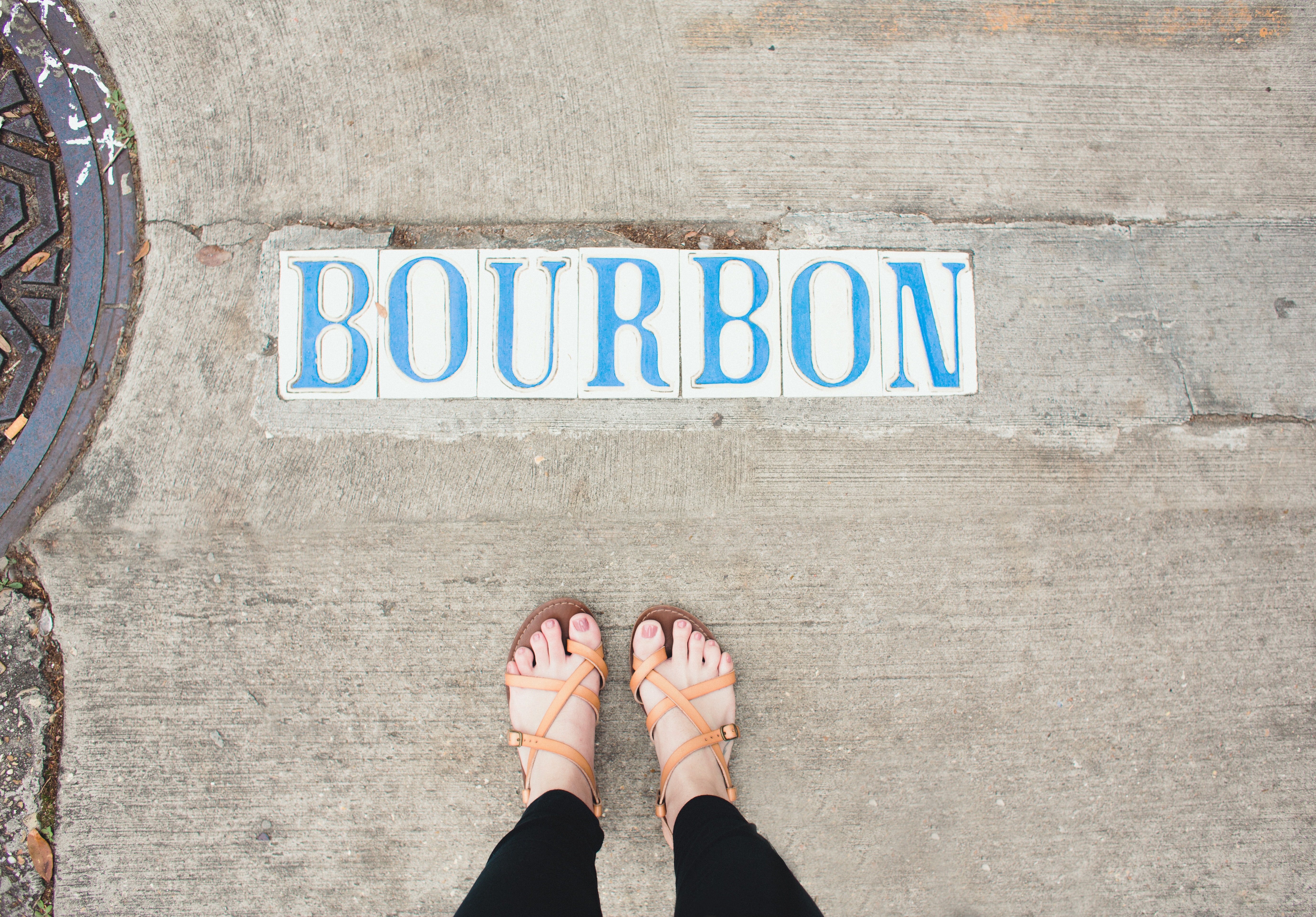
Finally, what did you think? You don’t have to like every bourbon. Some will have huge spicy black pepper notes or so much rich maple syrup that they’re almost too sweet. Others will be floral to the point of bringing about memories of grandma’s old potpourri pots. It’s okay not to like an expression. Even an award-winning one.
The entire point of going through a tasting is to find the bourbon(s) you love. And a great way to do that is to travel through these steps and really dig into what’s in that dram you’re trying and whether it’s for you or not. In the end, if you find a bottle that doesn’t light a fire in your soul, you can always use it for old fashioneds or other whiskey cocktails.
Enjoy your time indoors (no need for designated drivers!) and hit us with questions in the comments!







